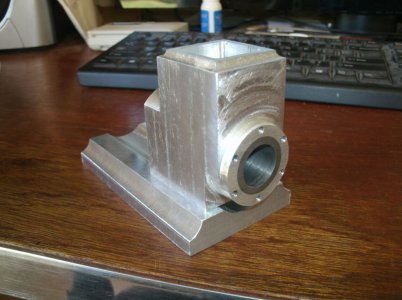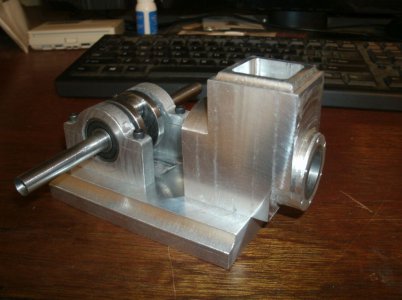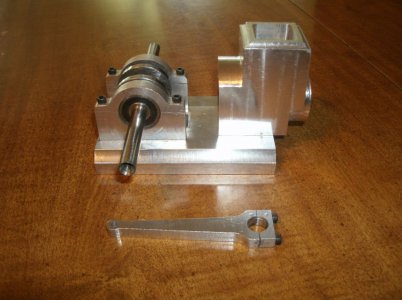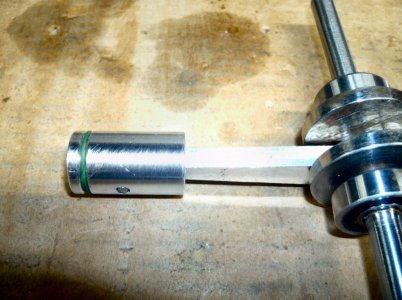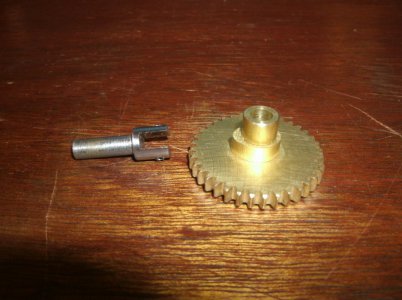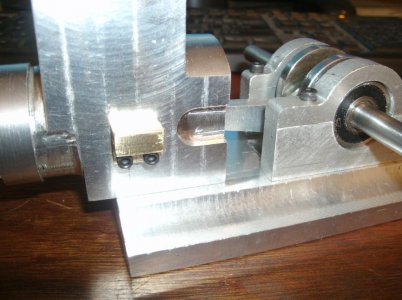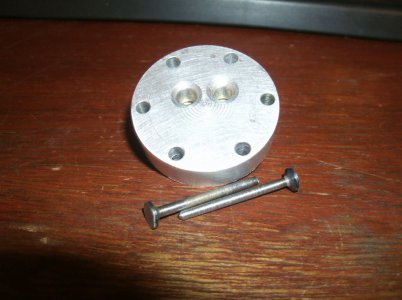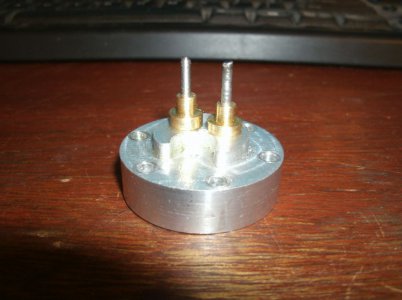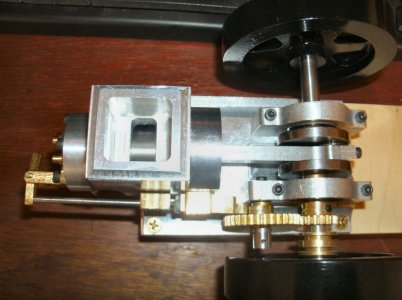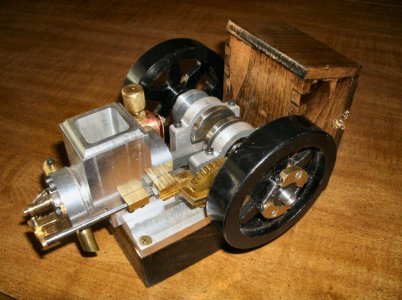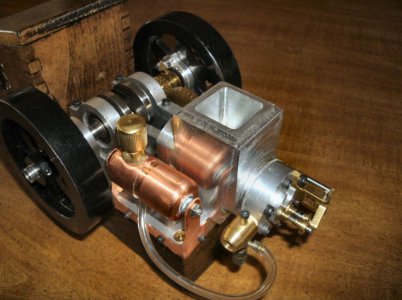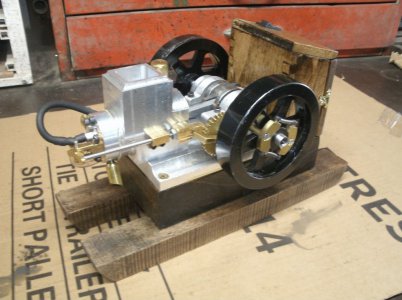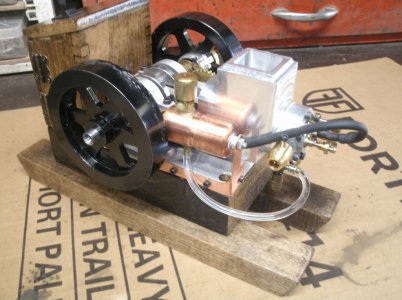- Joined
- Feb 2, 2014
- Messages
- 1,059
I got the engine building bug around the middle of April during the lock down. I ordered a casting kit but it got lost in shipment and I just wanted to build something so I searched for a set of plans. I found the David Kerzel hit-miss engine and the plans were available free on the internet. David designed this engine in 2003 and many examples have been built. It is made from bar stock that many of us have in the bin or can get easily. I did not know at the time that the Chinese had copied this engine and were selling it around the world.
I used the plans as a suggestion and made many changes. The crank is on ball bearings, the ignition system uses a hall effect sensor, and the gears I made Module 1 as that is the smallest gear cutting set I had.
Many more changes and design features (mistakes) were added.
Here is a video that a friend recorded for me I hope it works.
Thanks for looking
Ray
Edit: Well it doesn't seem to be working so what am I doing wrong?
View attachment rays engine2.mp4
I used the plans as a suggestion and made many changes. The crank is on ball bearings, the ignition system uses a hall effect sensor, and the gears I made Module 1 as that is the smallest gear cutting set I had.
Many more changes and design features (mistakes) were added.
Here is a video that a friend recorded for me I hope it works.
Thanks for looking
Ray
Edit: Well it doesn't seem to be working so what am I doing wrong?
View attachment rays engine2.mp4
Last edited:


